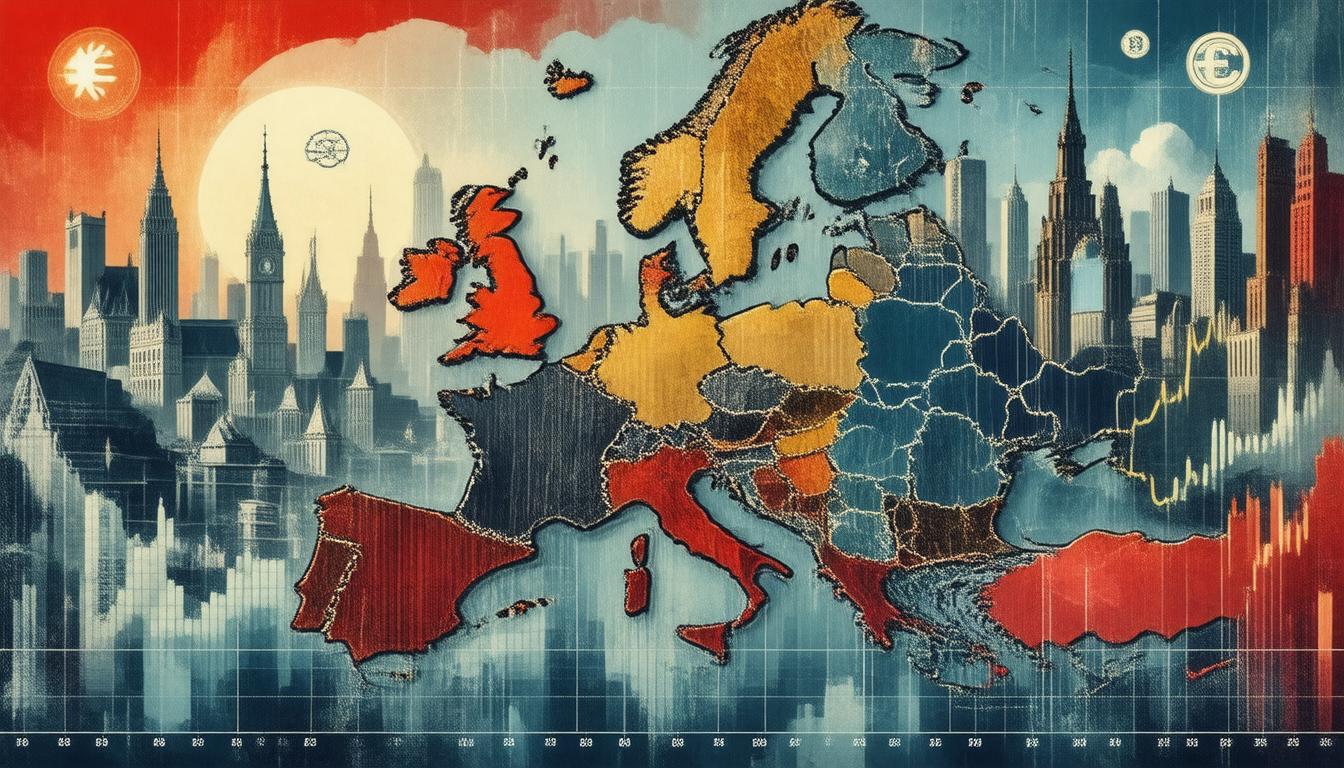The recent development at COP29 concerning the establishment of a global carbon credit trading market marks a pivotal moment in the fight against climate change.
This groundbreaking agreement aims to mobilize billions of dollars towards initiatives that effectively combat the ever-looming threat of global warming.
With the stakes higher than ever, the collaborative efforts of nations, coupled with a robust regulatory framework, are set to reshape how carbon emissions are managed worldwide.
In this article, we will explore the framework of the carbon credit trading market, its anticipated impact on climate initiatives, and the future dynamics of trading as countries strive to meet their climate goals.
Key Takeaways
- The COP29 agreement establishes a global carbon credit trading market to raise billions for climate action.
- Countries and corporations can buy carbon credits from sustainable projects to meet their climate goals.
- The new trading system aims to balance U.N. oversight with flexibility for countries, promoting effective emissions reduction.
The Framework of the Global Carbon Credit Trading Market
## The Framework of the Global Carbon Credit Trading Market
At COP29, nations reached a historic agreement to create a global carbon credit trading market, an initiative poised to mobilize billions of dollars towards combatting climate change.
This landmark decision follows nearly a decade of discussions aimed at establishing a credible system to effectively reduce greenhouse gas emissions.
The core premise of this market is that carbon credits will be issued from sustainable projects, including efforts in reforestation and renewable energy deployment.
These credits will enable countries and corporations to purchase them as a means to meet their climate objectives.
A centralized U.N.
trading platform is set to be launched next year, with concurrent discussions paving the way for a new bilateral trading system which allows direct exchanges of carbon credits between countries.
This critical emphasis on establishing a structured credit registry and facilitating transparent information sharing on trades will enhance market efficiency.
The European Union has pushed for enhanced U.N.
oversight and transparency in these operations, while the United States has argued for more flexible negotiation processes.
The final agreement successfully blended these differing viewpoints, permitting resource-limited countries to access U.N-managed registry services, albeit with a caveat that such credits may not receive formal U.N.
endorsement.
Despite ongoing concerns about the enforceability of this trading system, proponents maintain that the current framework stands as a viable international trading model.
Preliminary bilateral trading has already begun earlier this year, generating optimism that as clearer rules emerge, carbon credit activities will escalate significantly in the near future.
This pioneering market not only reflects global commitment to tackling climate change but also represents an innovative financial mechanism that could lead to substantial environmental and economic benefits worldwide.
The Impact on Climate Initiatives and Future Trading Dynamics
In addition to the immediate benefits of funding climate initiatives, the establishment of a global carbon credit trading market marks a transformative shift in how countries approach climate responsibility and accountability.
As nations commit to reducing their greenhouse gas emissions, the carbon credit system provides a flexible mechanism for compliance.
Companies and governments can invest in various sustainability projects, from wind and solar farms to forest conservation efforts, earning credits that substantiate their carbon reduction claims.
This not only incentivizes the private sector’s involvement in climate-related initiatives but also encourages innovations in technology and practices aimed at fostering environmental sustainability.
Moreover, the anticipated increase in trading activity is expected to stimulate economic growth in sectors aligned with green projects while laying the groundwork for a more resilient and sustainable future.















